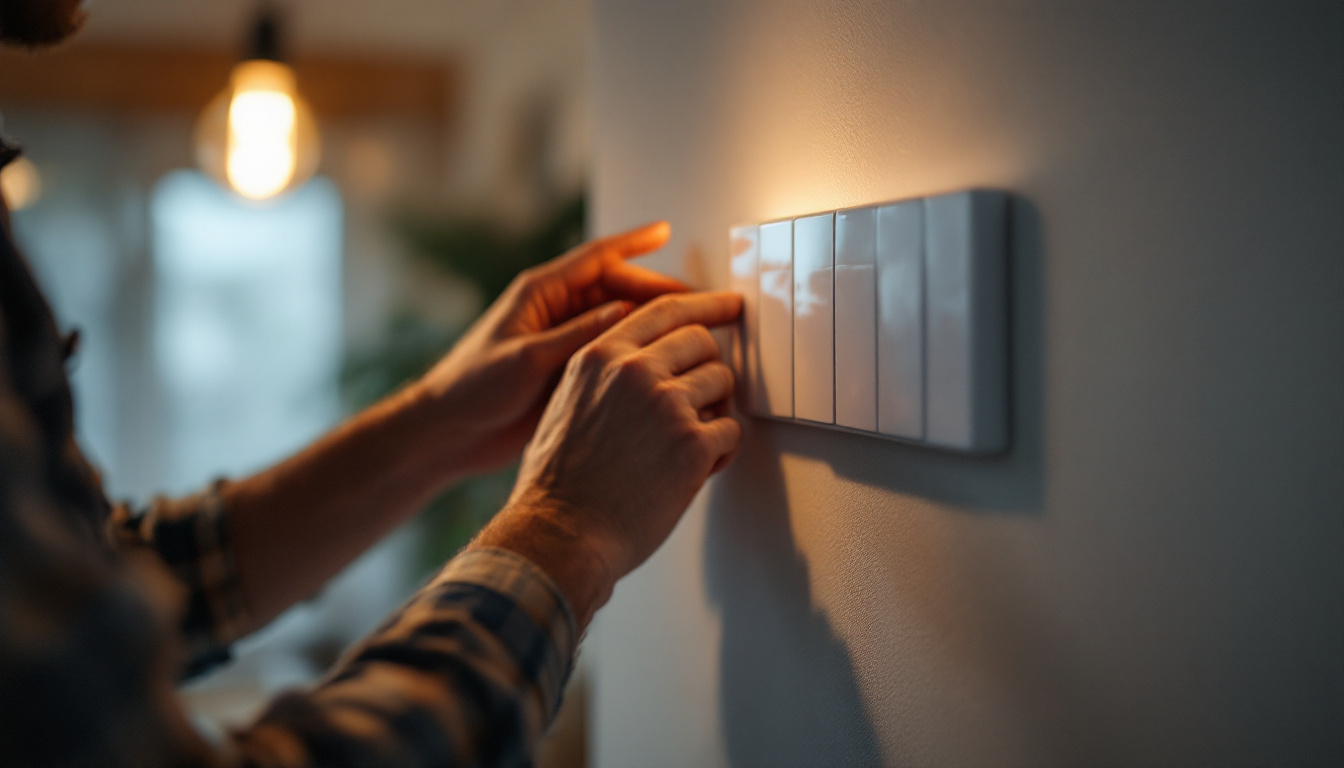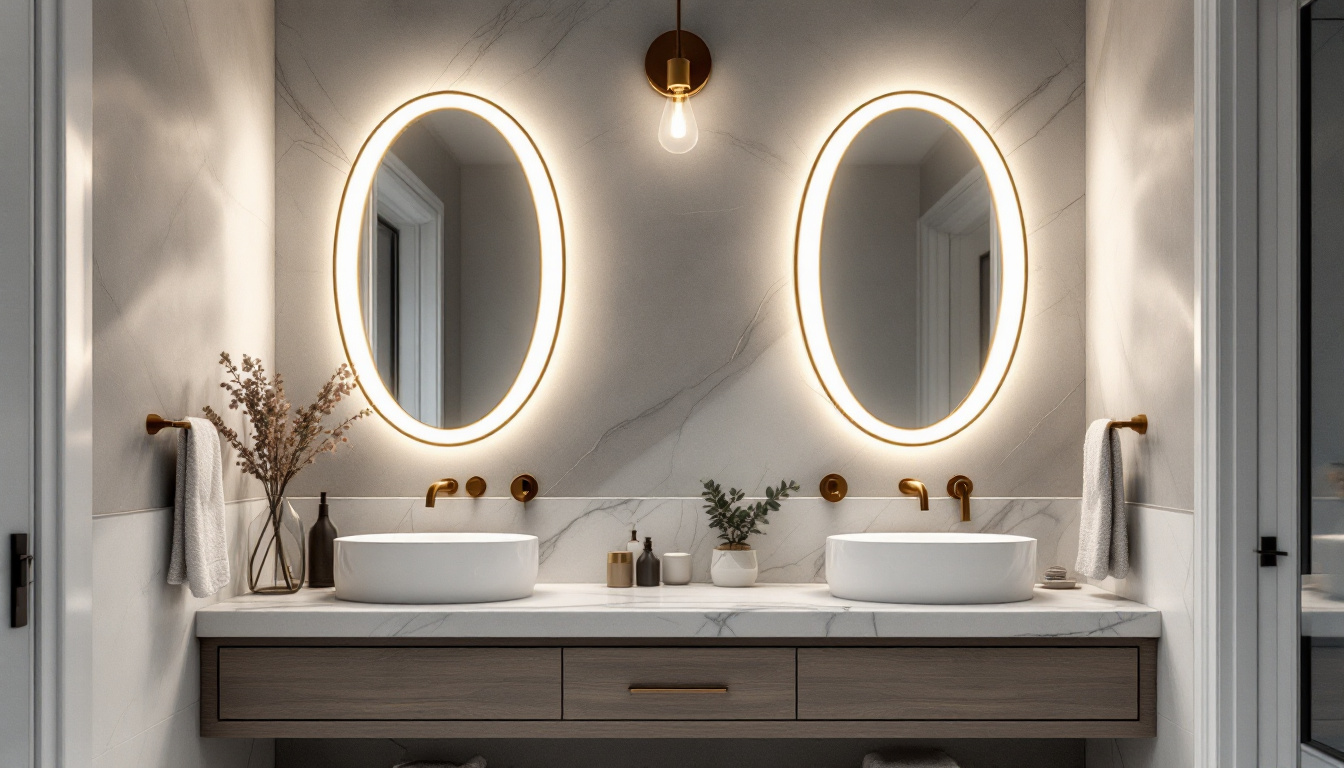

In the world of lighting design, the art of hanging light fixtures is a crucial skill that every lighting contractor should master. This process not only involves the technical aspects of installation but also an understanding of aesthetics, safety, and functionality. As the demand for innovative lighting solutions continues to grow, contractors need to stay informed about the best practices and resources available to enhance their skills. This article explores essential resources and techniques that can help lighting contractors excel in fixture hanging.
Before diving into advanced techniques and resources, it is vital to grasp the foundational knowledge surrounding light fixture installation. This includes understanding different types of fixtures, wiring basics, and the tools required for a successful installation.
Light fixtures come in various forms, each serving a unique purpose and aesthetic. Common types include chandeliers, pendant lights, recessed lights, and wall sconces. Understanding the characteristics of each type is essential for selecting the right fixture for a specific space. For example, chandeliers often serve as focal points in dining areas, while recessed lights provide subtle illumination in living rooms.
Additionally, contractors should be aware of the mounting methods associated with each fixture type. Some fixtures may require ceiling support, while others can be mounted directly onto walls or ceilings without additional support. Familiarity with these details ensures a safe and effective installation process. Moreover, it’s important to consider the energy efficiency of the fixtures, as modern LED options not only reduce electricity costs but also have a longer lifespan compared to traditional bulbs, making them a smart choice for any installation project.
Having the right tools at hand is critical for any lighting contractor. Basic tools include a drill, wire strippers, screwdrivers, and a voltage tester. Additionally, specialized tools like a laser level can help ensure precise alignment and positioning of fixtures.
Investing in high-quality tools not only enhances efficiency but also contributes to the overall quality of the installation. A well-equipped contractor is better prepared to handle unexpected challenges that may arise during the installation process. For instance, having a multimeter on hand can assist in troubleshooting electrical issues, ensuring that all connections are secure and functioning properly. Furthermore, safety gear such as gloves and goggles should not be overlooked, as they protect against potential hazards while working with electrical components. By prioritizing safety and using the right tools, contractors can ensure a smooth installation experience that meets both aesthetic and functional requirements.
Safety should always be the top priority when hanging light fixtures. Working with electricity poses inherent risks, and contractors must adhere to safety protocols to protect themselves and their clients.
Before starting any installation, it is essential to turn off the power at the circuit breaker. This simple step can prevent electrical shocks and other hazards. Additionally, using insulated tools can further reduce the risk of accidental contact with live wires.
Contractors should also familiarize themselves with local electrical codes and regulations. Compliance with these standards not only ensures safety but also helps avoid potential legal issues. Regular training on electrical safety practices can keep contractors updated on the latest safety measures. Furthermore, it’s advisable to conduct a thorough inspection of the existing wiring and fixtures before installation. This can help identify any pre-existing issues that may pose risks during the hanging process, such as frayed wires or outdated components that may not meet current safety standards.
Wearing appropriate personal protective equipment is another critical aspect of safety during light fixture installations. Hard hats, safety goggles, and gloves should be standard attire for any contractor working on a project that involves ladders or electrical components.
Additionally, using fall protection gear when working at heights can prevent serious injuries. Contractors should assess the work environment and determine the necessary PPE before beginning any installation tasks. Beyond the basic gear, contractors might also consider using high-visibility vests, especially in busy or cluttered work environments, to ensure they are easily seen by others. This added layer of visibility can be crucial in preventing accidents, particularly when working in areas with multiple contractors or heavy machinery. Regularly inspecting PPE for wear and tear is also essential, as damaged equipment can compromise safety and lead to unfortunate incidents.
While technical skills are essential, the ability to create visually appealing installations is what sets exceptional lighting contractors apart. Understanding the principles of design can significantly enhance the overall look and feel of a space.
Selecting the appropriate light fixture involves more than just functionality; it requires an understanding of the space’s design and purpose. Factors such as ceiling height, room size, and existing decor should all be considered when choosing a fixture.
For instance, a large chandelier may overwhelm a small room, while a sleek pendant light can enhance a modern kitchen’s aesthetic. Contractors should encourage clients to consider the overall design theme when selecting fixtures to ensure a cohesive look.
Effective lighting design often involves layering different types of light to create depth and dimension. Combining ambient, task, and accent lighting can transform a space, making it both functional and inviting.
Contractors should educate clients on the benefits of layered lighting, helping them understand how different fixtures can work together to achieve the desired effect. This knowledge can enhance the contractor’s reputation as a design-savvy professional.
Once the basics are mastered, contractors can explore advanced techniques that can elevate their installation skills. These techniques often involve innovative methods and tools that improve efficiency and accuracy.
The rise of smart home technology has transformed the lighting industry. Incorporating smart fixtures and controls into installations can offer clients enhanced convenience and energy efficiency. Contractors should familiarize themselves with various smart lighting options, including dimmers, color-changing bulbs, and automated systems.
Understanding how to install and configure these systems is crucial for staying competitive in the market. Providing clients with smart solutions can also lead to increased satisfaction and referrals.
Traditional mounting methods may not always be suitable for every installation. Exploring innovative mounting techniques can help contractors tackle challenging spaces and achieve a more polished look. For example, using cable systems can create a modern, minimalist aesthetic while providing flexibility in fixture placement.
Additionally, contractors can experiment with adjustable mounts that allow for easy repositioning of fixtures. This adaptability can be particularly beneficial in spaces where lighting needs may change over time.
To stay ahead in the competitive field of lighting installation, contractors must commit to ongoing education. Numerous resources are available to help contractors expand their knowledge and refine their skills.
Many organizations offer online courses and webinars focused on lighting design and installation techniques. These platforms provide valuable insights from industry experts and can cover a range of topics, from basic installation to advanced design principles.
Participating in these educational opportunities allows contractors to learn at their own pace and gain access to the latest trends and technologies in the lighting industry. Networking with peers during these sessions can also foster collaboration and idea-sharing.
Staying informed about industry trends is essential for any lighting contractor. Subscribing to industry publications and following reputable blogs can provide insights into new products, design trends, and best practices.
Many publications also feature case studies that highlight successful installations, offering inspiration and practical advice for contractors looking to enhance their work. Regularly reading these resources can keep contractors informed and engaged in the ever-evolving lighting landscape.
Building a network of industry contacts can be invaluable for lighting contractors. Joining professional associations provides access to resources, training, and networking opportunities that can enhance a contractor’s career.
Professional associations often offer members exclusive access to workshops, certifications, and industry events. These opportunities can help contractors stay current with industry standards and practices while also connecting them with potential clients and collaborators.
Additionally, being part of a professional community fosters a sense of belonging and support. Contractors can share experiences, seek advice, and collaborate on projects, ultimately leading to improved skills and business growth.
Attending local networking events can also be beneficial for contractors looking to expand their reach. These events provide opportunities to meet potential clients, suppliers, and fellow contractors, fostering relationships that can lead to future projects.
Participating in community events or trade shows can also enhance visibility and establish a contractor’s reputation within the local market. Building a strong local presence can lead to referrals and repeat business, which are essential for long-term success.
Mastering the art of light fixture hanging requires a combination of technical skills, aesthetic understanding, and a commitment to ongoing learning. By utilizing the resources and techniques outlined in this article, lighting contractors can enhance their installation skills and provide exceptional service to their clients.
From understanding the basics of fixture types and safety considerations to exploring advanced techniques and networking opportunities, contractors have a wealth of resources at their disposal. Embracing these tools and knowledge will not only improve their craft but also contribute to their success in the ever-evolving lighting industry.
As you strive to master the art of light fixture hanging and stay ahead in the competitive lighting industry, LumenWholesale is here to support your journey. We provide contractors with spec-grade lighting products that embody quality and affordability. Say goodbye to local distributor markups and hello to our unbeatable wholesale prices, free shipping, and a vast selection that meets rigorous industry standards. Elevate your lighting installations with the confidence that you’re backed by the best in the business. Ready to enhance your craft with superior lighting solutions? Visit LumenWholesale for Wholesale Lighting at the Best Value and experience the difference today.

Discover how the Sportsbeam Field Led 800 is revolutionizing lighting designs with its cutting-edge technology.

Discover essential insights into architectural grid mount lights tailored for lighting contractors.

Discover the key qualities that distinguish top lighting contractors when it comes to installing 3 switch light switches.

Discover the essential insights lighting contractors need to master bathroom vanity lighting.
Get notified when NEW deals are released.
Optimize your budget with wholesale discounts.
Only top-quality, specification-grade lighting products.
No additional costs at checkout - what you see is what you pay.
We understand the unique needs of contractors.